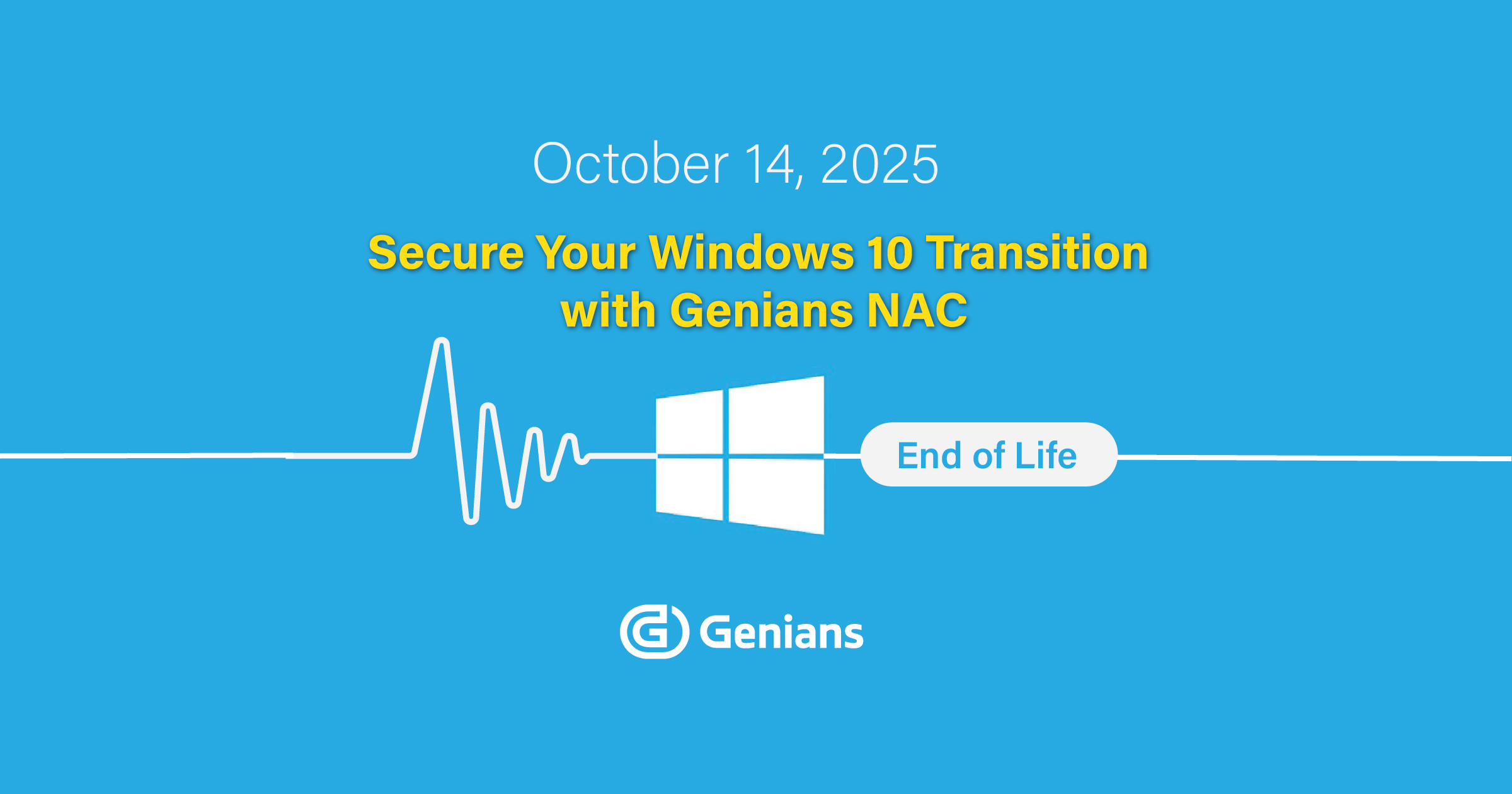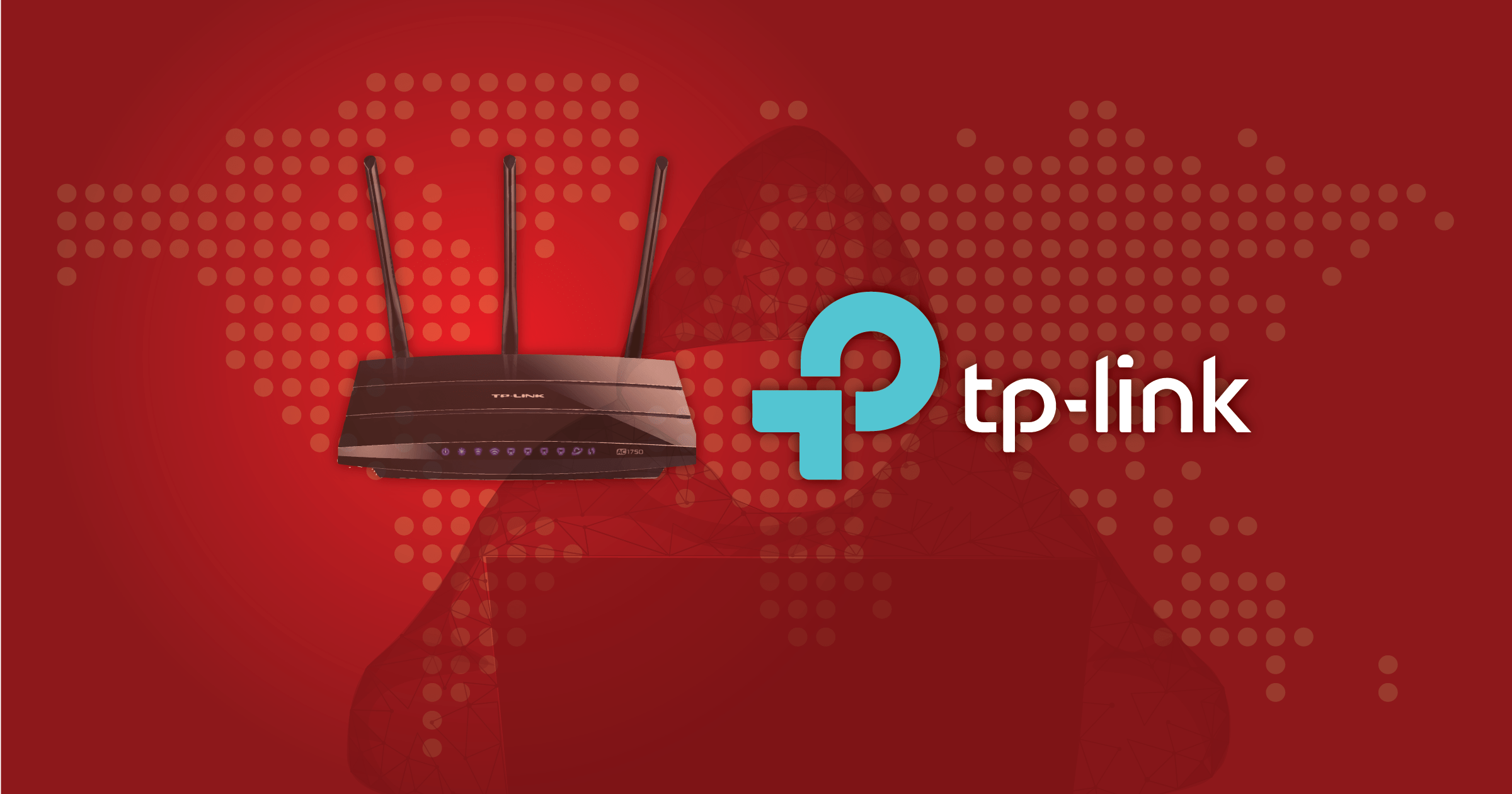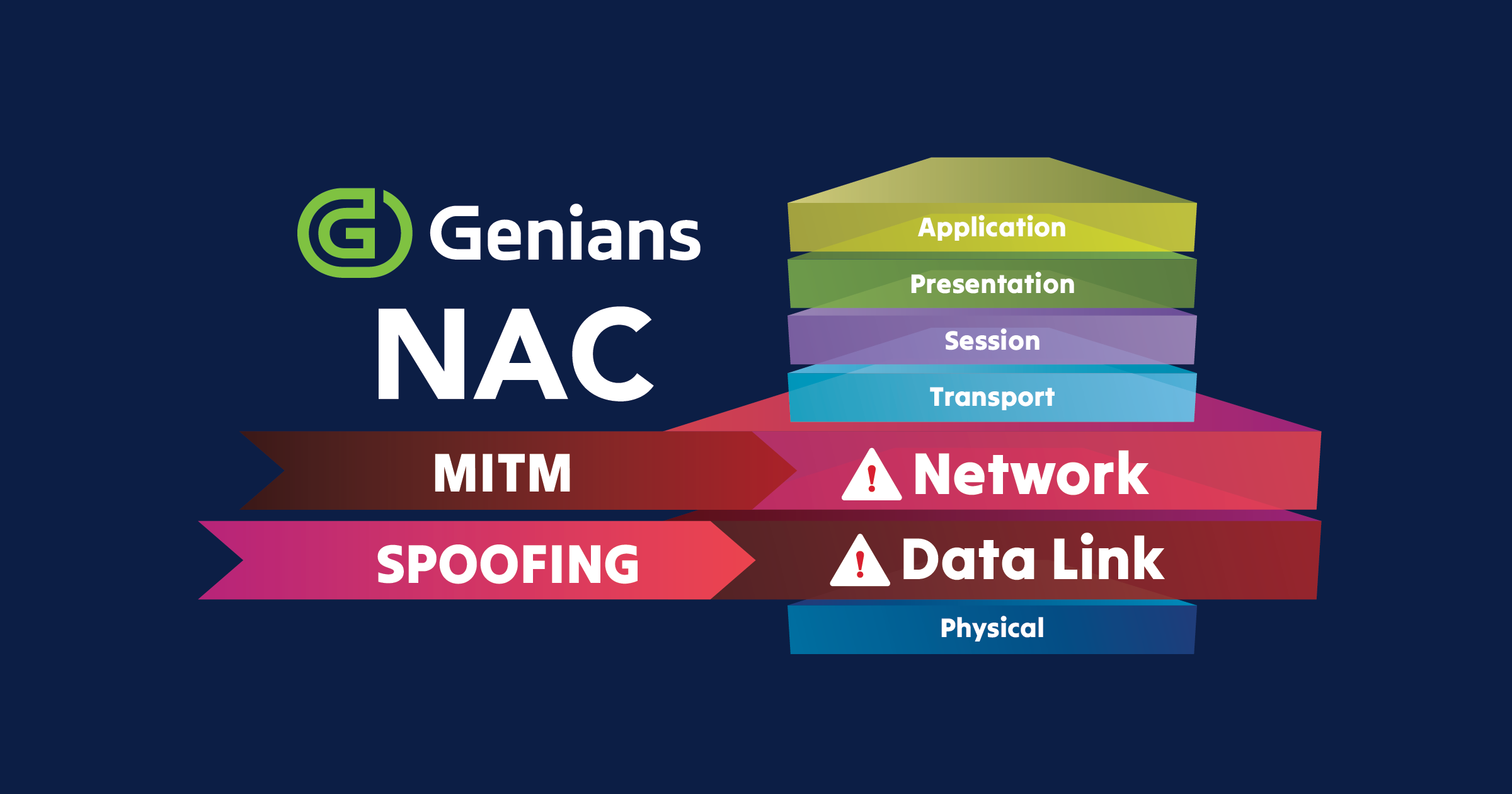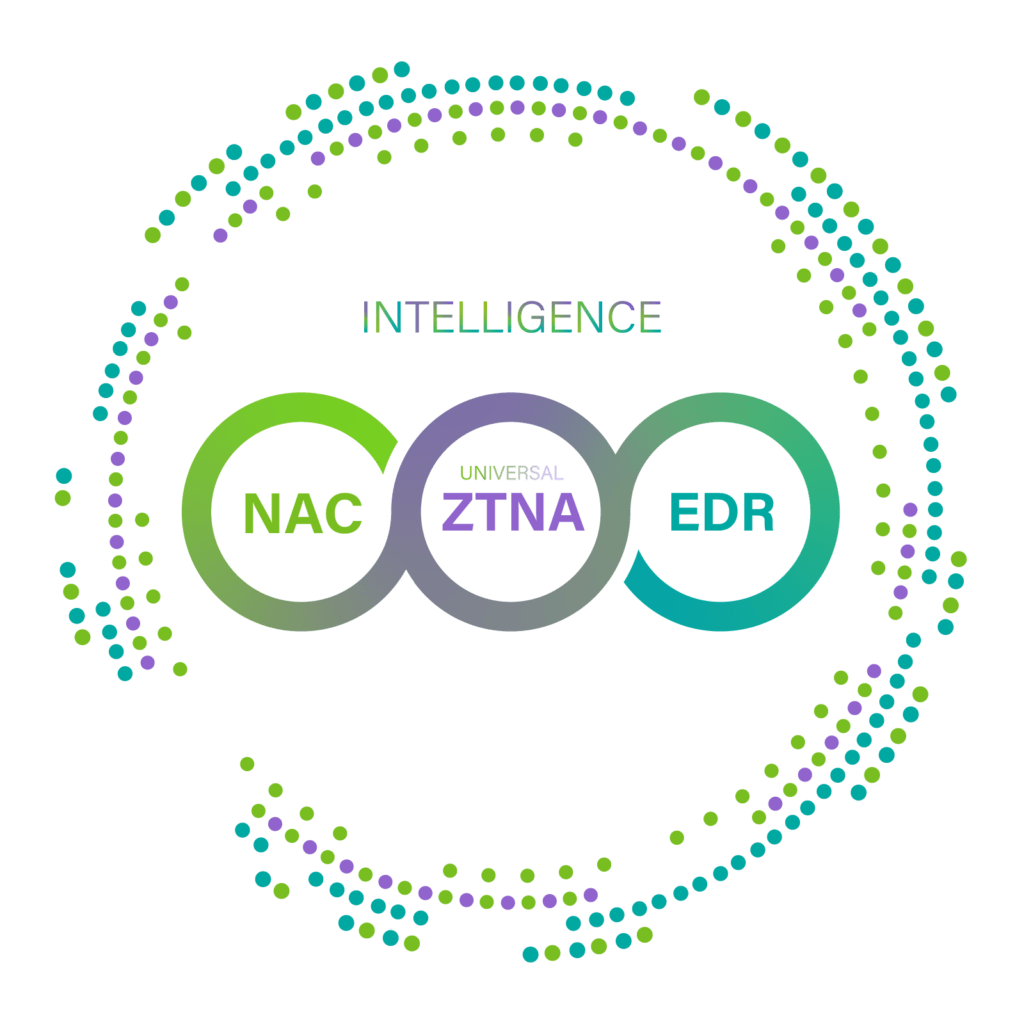Are you tired of clunky VPNs that compromise security and slow you down? It’s time to explore Genians ZTNA, which offers a fresh approach to secure remote access. Unlike traditional VPNs, Genians ZTNA employs a Zero Trust model, continuously verifying users and devices to ensure stringent security. Its cloud-based architecture and performance optimizations deliver faster, more reliable connections. Plus, seamless deployment simplifies the user experience, making Genians ZTNA a practical and effective alternative to traditional VPNs. Let’s dive into the three highlights of Genians ZTNA:
Enhanced Security
Zero Trust Foundation: Unlike traditional VPNs that operate on an “allow by default” basis, ZTNA adheres to a “deny by default” approach, ensuring stricter security. This means every access request is evaluated thoroughly and contextually. Every single user with connected devices is continuously verified before/during/after granting access.
Endpoint Integrity Checks: ZTNA leverages its NAC agent to perform endpoint integrity checks from malware and other cyber threats. It continuously monitors endpoint compliance status even during network access to detect any non-compliant issues and control them immediately.
Improved Performance
Genians ZTNA utilizes a cloud-based architecture with strategically placed Points of Presence (PoPs) around the world. This ensures faster, more reliable connections for users everywhere, with automatic selection of the optimal PoP based on location.
- Cloud-based Gateway: ZTNA positions PoPs in the cloud, enabling users to connect to the nearest PoP for optimal performance. This significantly reduces WAN traffic and delivers faster network connection speeds for users worldwide.
- Multi-PoP and Latency-based Auto-Selection: ZTNA caters seamlessly to global enterprises by deploying PoPs across various countries and continents. It automatically selects the optimal PoP based on user location and network conditions, minimizing latency and ensuring a consistently smooth user experience.
- Dynamic Destination Control for Cloud-based Workloads: It enables granular access control by restricting access to specific workloads based on user identity, device attributes, and real-time contextual factors. Here are two primary approaches to implementing dynamic destination control for cloud-based servers:
- Leveraging Cloud Security Groups: Cloud providers offer security groups as a built-in access control mechanism. By integrating security groups with ZTNA’s dynamic destination control, you can dynamically manage the list of authorized IP addresses for server access. This approach is well-suited for scenarios where the server IP addresses are relatively static.
- Employing Cloud Gateways: ZTNA Cloud Gateways serve as centralized access points for all traffic to and from cloud resources. By routing all traffic through the cloud gateway, you can enforce dynamic access control policies based on various criteria.
- Cloud Gateway Access Control Methods:
- Gateway to Client (G2C): This method utilizes SSL-VPN to establish secure tunnels between specific endpoints and the cloud gateway. Access control rules are enforced within the SSL-VPN tunnel, allowing only authorized users and devices to access designated servers.
- Gateway to Gateway (G2G): This method leverages IPSec to secure communication between networks and the cloud gateway. Access control rules are defined at the network level, enabling granular control over which networks can access specific servers.
Simplified User Experience:
Zero Config Deployment: ZTNA client seamlessly integrates with the NAC agent, enabling automatic deployment without any configuration hassles. Users can connect to the network without installing or configuring separate VPN clients.





